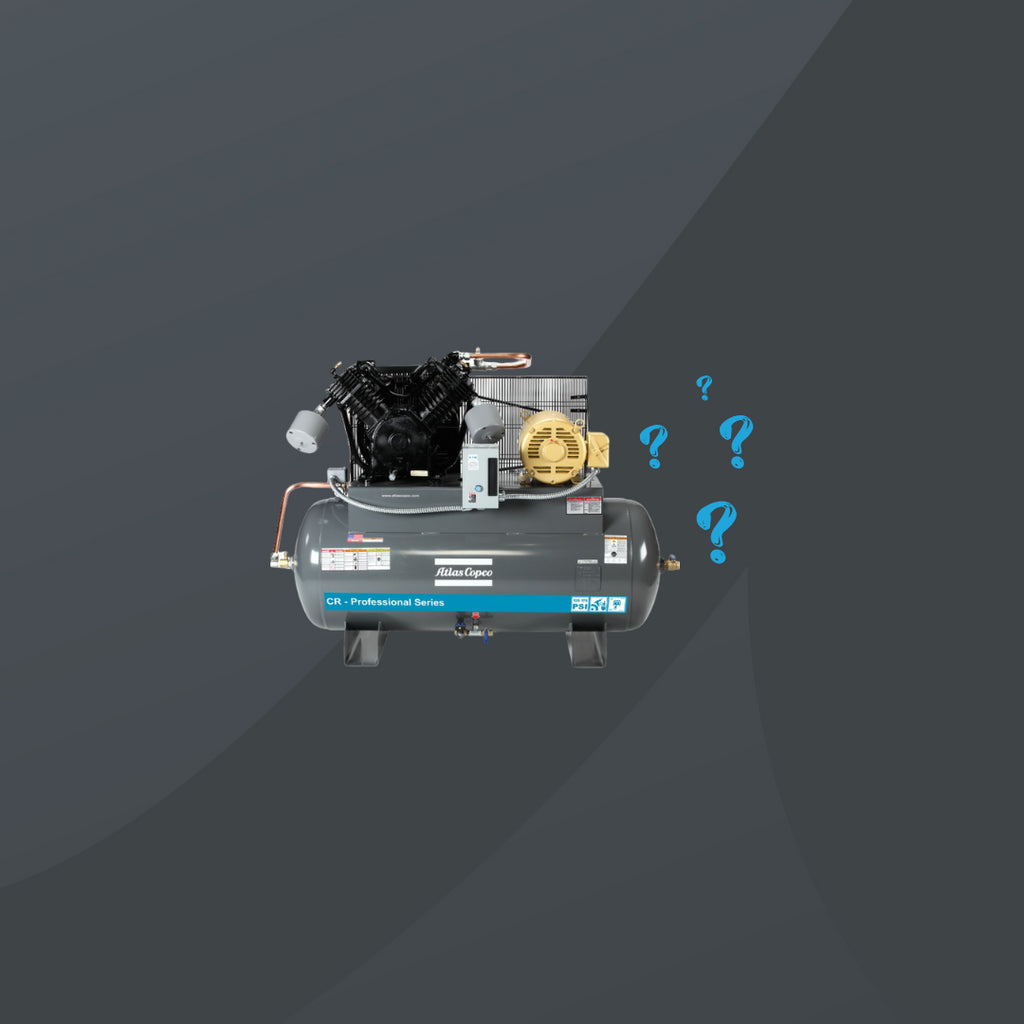What is a piston air compressor?
Posted by EMILY OWEN

When it comes to industrial equipment, the piston air compressor is a crucial tool that plays a significant role in various applications. But what exactly is a piston air compressor and how does it work?
What is a Piston Air Compressor?
A piston air compressor is a type of air compressor that utilizes pistons driven by a crankshaft to deliver compressed air. This type of compressor is also known as a reciprocating air compressor due to the back-and-forth motion of the pistons.
How Does a Piston Air Compressor Work?
As the pistons move up and down inside the cylinder, they draw air into the compression chamber. The air is then compressed as the piston moves upward, reducing the volume of the chamber and increasing the pressure. This compressed air is stored in a tank for later use in various applications.
Key Components of a Piston Air Compressor
A piston air compressor consists of several key components, including the cylinder, piston, crankshaft, valves, and tank. The cylinder houses the piston, which is connected to the crankshaft. The valves control the flow of air into and out of the compression chamber, while the tank stores the compressed air.
Advantages of Piston Air Compressors
One of the main advantages of piston air compressors is their ability to deliver high pressure and high flow rates, making them ideal for applications that require a continuous supply of compressed air. They are also known for their durability and reliability, making them a popular choice in various industries.
Applications of Piston Air Compressors
Piston air compressors are used in a wide range of applications, including manufacturing, automotive repair, construction, and more. They are commonly used for powering pneumatic tools, inflating tires, operating machinery, and even in medical devices.
Overall, piston air compressors are essential tools that play a crucial role in many industries. Understanding how they work and their key components can help users make informed decisions when selecting the right compressor for their specific needs.
TAGS:
